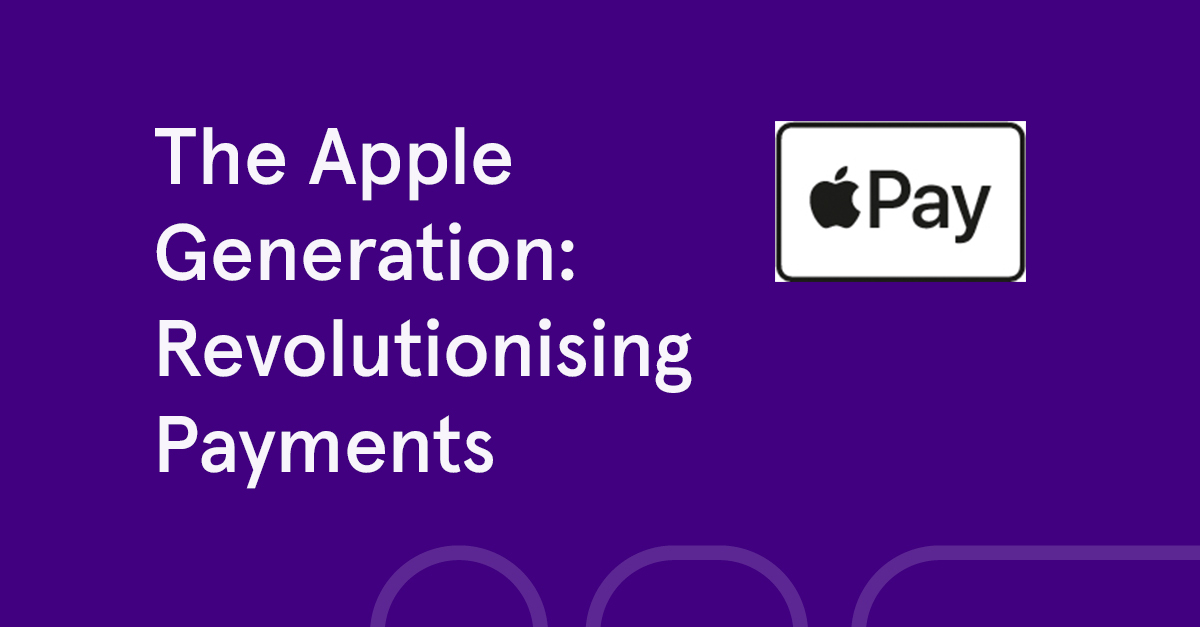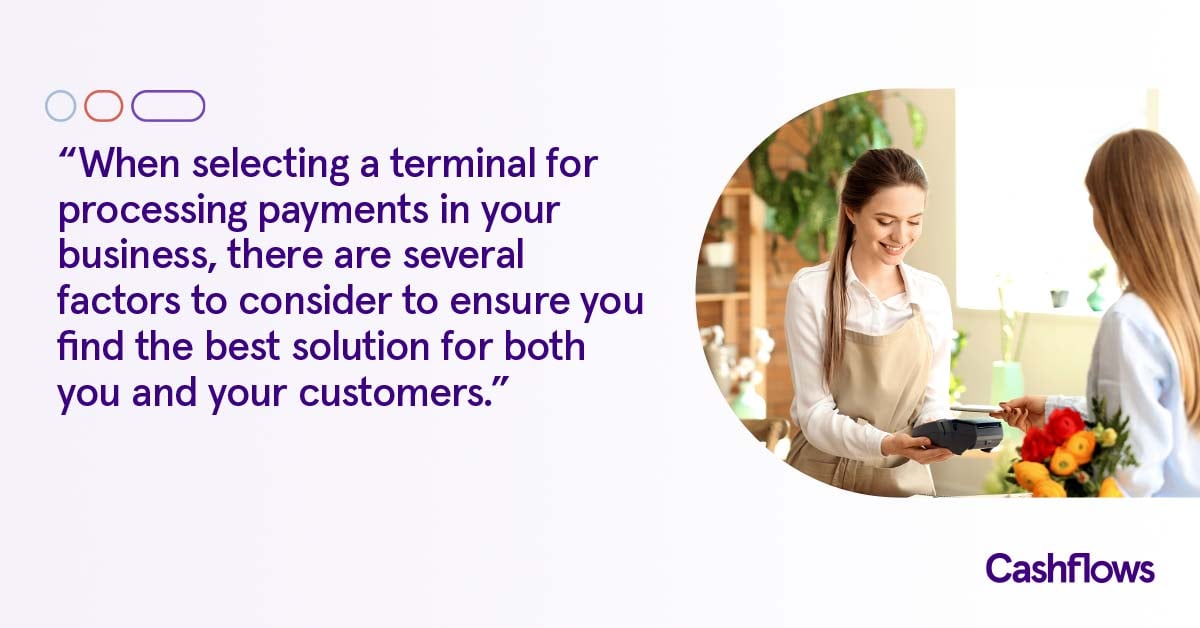Gen Z makes up more than 40%[1] of all U.S. consumers and, as members of this generation grow older and gain increasingly more buying power, they are changing the way we all interact with technology and the digital world. Often termed “digital-natives”, this generation has grown up with technology embedded into their daily lives, with 98%[2] of Gen Z owning a smartphone and 60%[3] unable to go without the internet for more than four hours. And this expectation of everything being accessible via a couple of clicks extends to the way they want to pay.
Even those born at the younger end of the generational span (1997-2012) have been shown to have a significant impact on buying habits. A study by IBM has indicated that teens currently have a considerable influence over family purchases due to their digital knowledge exceeding that of older members of their households.
Meeting the digital standards of Gen Z is increasingly becoming key to success in the commercial market. Slick online checkouts, choice of payment methods, and omnichannel solutions are no longer just nice-to-haves; without them, you risk alienating a consumer group that has a notoriously short attention span.
So how does this translate to Apple Pay?
The Apple supremacy
An estimated 15%[4] of mobile devices globally are Apple - a huge potential user base for their mobile payment method: Apple Pay. Apple has cultivated incredible long-term customer loyalty, which has developed them into not only a brand but a lifestyle. Despite the mobile phone industry having choices that are cheaper, technologically superior, or better designed than Apple, 91.1%[5] of iPhone users surveyed said they intend to stay with Apple.
And it’s not just the iPhone. Through the creation of Apple ID, Apple has ensured that all of its products can sync up seamlessly, meaning most people don’t just buy the mobile, they buy the watch, the laptop, the iPad, and now the AirTag: they buy into the brand. This is evident from the second biggest reason (21%[6]) Apple users stay with the brand: they are too tied into the ecosystem to leave. Apple has become their fashion statement, their digital network, and their security system. Chances are, if you have an iPhone as a teenager, as 88%[7] of teenagers in the U.S. currently do, you will be using Apple for life.
With Apple ID, Apple Pay is accessible to users across multiple devices, making payment easier across multiple channels. Don’t have your card on you when online shopping? You can use Apple Pay on your MacBook. Went for a run and desperately need a bottle of water? No need to worry, you can pay using your watch. Apple has therefore succeeded in tapping into the Gen Z demand for products that are easy to use and communicate seamlessly – ensuring that they are embedded into everyday life and maintain their position as a brand favourite.
The rise of mobile payments
24%[8] of smartphone users in the UK currently use a mobile wallet, with 38%[9] of 27-37-year-olds having registered for a mobile payments system. This figure rises to 41%[10] for 18-26-year-olds, unsurprising considering that Gen Z are 5%[11] less likely than millennials to worry about entering debit or credit card information on mobile pay apps.
They’re right to be unconcerned, as near field communication (nfc) payments like Apple Pay are the most secure payment method out there. Apple Pay uses multiple layers of dynamic encryption and is also protected by Touch ID or Face ID. Payments taken using a mobile wallet are also made using a unique, encrypted code for every transaction, meaning card details aren’t transmitted or stored on your device or Apple servers.
Mobile payments have also made paying overtly easier. You have the simplicity of having all your cards stored in one place and paying by just tapping your phone against a reader. There is also no longer a spend limit, unlike contactless cards. Naturally, this payment option has found great success amongst Gen Z. A recent study in the US showed that 73.1%[12] of Gen Z consumers with Apple Pay installed used it to make in-store purchases, notably higher than the 52%[13] for both millennials and Generation X users.
It’s not only in-store payments that have been simplified. In-app payments and eCommerce sites are increasingly offering Apple Pay as an option - where the lack of a need to create an account or fill out lengthy payment fields makes it particularly attractive for consumers. Fast and easy checkouts also hugely decrease shopping cart abandonment – a key pain point for many online businesses.
The impact of Covid-19
The pandemic has had a significant impact on the uptake of mobile payments. Mastercard’s recent poll of 17,000 consumers across 19 different countries overwhelmingly showed that people view contactless payments as ‘the cleaner way to pay’[14]. Apple Pay has been at the forefront of this rapid shift with 61% of respondents in the UK saying they pay that way[15]. It’s not just the UK either; global iPhone users that activated Apple Pay grew by more than 65 million people in 2020[16].
With Gen Z increasingly putting pressure on businesses to redefine payments and make them faster, easier, and more digital, the switch to a cashless society has never been closer. Can you cater to a generation who no longer carries a physical wallet and doesn’t want to fetch their card details to order online? Because doing so is looking increasingly crucial to success.
Apple Pay is available on the Cashflows Gateway.
Sources:
[1] WP Engine
[2] Global Web Index
[3] Techradar
[4] BigCommerce
[5] SellCell
[6] SellCell
[7] Piper Sandler
[8] Research and Markets
[9] Statista
[10] Statista
[11] CBS News
[12] *Pymnts.com
[13] Pymnts.com
[14] Forbes
[15] Statista
[16] Statista


